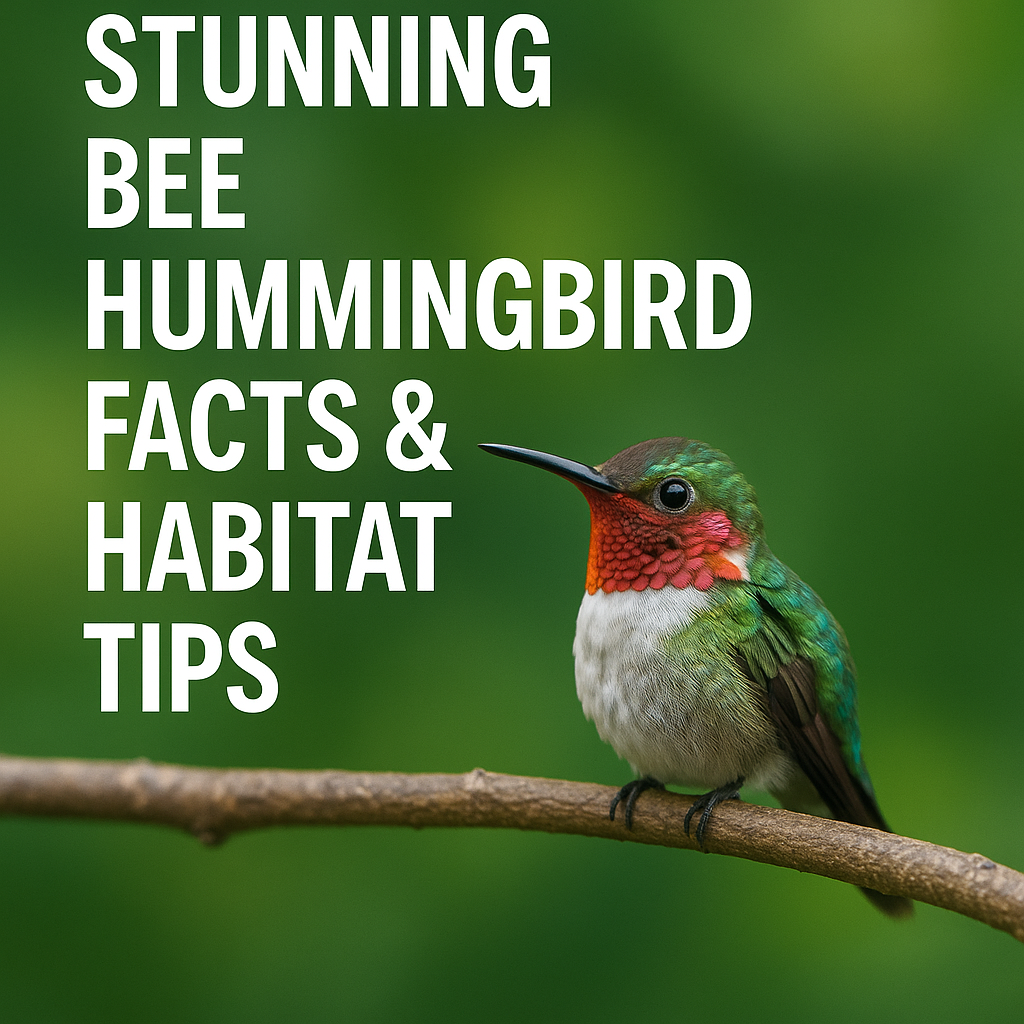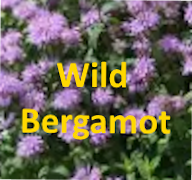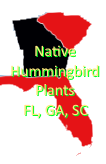Discover Stunning Bee Hummingbird Facts & Habitat Tips
Bee Hummingbird: A Tiny Marvel
The smallest bird in the world is the bee hummingbird, a captivating species that showcases nature’s ability to create wonders in miniature sizes. Weighing less than a penny, this diminutive bird captures the fascination of ornithologists and bird lovers alike.
Description of the Bee Hummingbird
Found primarily in Cuba and occasionally on the Isle of Youth, the bee hummingbird measures about 2 to 2.4 inches in length. The male sports an iridescent feather suit of greens and blues, with bright pinkish-red patches on its throat, which is known as a gorget. In contrast, the female sports a more subdued color palette, with greyish upper parts and white tips on the outer tail feathers. The bird’s size and brilliant colors make it not just a sight to behold but also a challenge to spot, fluttering swiftly from flower to flower.
Habitat and Migratory Patterns
The bee hummingbird inhabits a range of environments from dense forests to open garden areas. Despite the challenges posed by habitat loss, it has proved adaptable in various surroundings provided there are ample feeding opportunities. This tiny bird is a resident species of Cuba and does not typically migrate. This means it doesn’t make the journey to the US or other distant regions, preferring the familiar subtropics year-round.
Diet and Feeding Preferences
Nectar from flowers serves as the primary food source for the bee hummingbird, with the Cuban water plant (Mariposa), a type of hibiscus, among its favorites. The structure of this bird’s bill and rapid wing-flapping ability enable it to hover effortlessly while extracting nectar. In addition to floral nectar, the bee hummingbird also consumes insects and spiders. These provide essential proteins and help supplement its high-energy needs, especially during breeding season.
Crafting Hummer Sugar at Home
For those who cultivate hummingbird gardens or keep feeders, understanding the dietary needs of bee hummingbirds is crucial. While commercially available or homemade nectar solutions can attract more common species, they are also suitable for the bee hummingbird. A homemade nectar solution can be made using plain white sugar dissolved in boiled water, using a ratio of 1 part sugar to 4 parts water. Products like the Sugar Shaker Nectar Maker (R) simplifies the process, ensuring the sugar is well dissolved. However, it’s essential to avoid using any dyes or artificial sweeteners as these can harm hummingbirds.
Nesting and Reproduction Practices
The nesting habits of the bee hummingbird are as fascinating as its size. The female is solely responsible for building the nest and caring for the young. Constructed with materials like cobwebs, bark, and lichen, the nest is about the size of a golf ball. This tiny construction is often positioned on a limb of a shrub or tree. Each clutch typically contains two pea-sized eggs, which the female incubates for about two weeks.
Once hatched, the chicks are primarily fed by the female who tirelessly gathers nectar and small insects. The male does not participate in nesting or feeding the chicks but instead focuses on defending his territory. The chicks grow rapidly, fledging the nest approximately 18 to 22 days after hatching.
Conservation and Observations
Although currently not on the brink of extinction, the bee hummingbird demands conservation attention to ensure it remains a viable species, especially given its limited geographical range. Efforts towards preserving its natural habitat and the flora it depends on are crucial for its survival.
The bee hummingbird remains one of nature’s most exquisite offerings, enchanting those lucky enough to observe its shimmering flight or hear its vibrant chirp. Despite its small size, this bird’s resilience and adaptability continue to inspire and remind us of the vast biodiversity within our world.






